Inaction of OOW Leads To Collision Of Two Vessels In Good Weather And Visibility
Vessel A was making way on an auto-pilot heading of about 104 degrees at a speed of 10.8 knots with an experienced OOW and an ordinary seaman as lookout on the bridge. It was night, but visibility was good.
Vessel B was on an auto-pilot heading of about 043 degrees and a speed of 19.5 knots with a lone, but very experienced, watchkeeper on the bridge. Information obtained from vessel B’s voyage data recorder indicated that the watchkeeper occupied himself with tasks other than those exclusively of navigation and lookout.
At about 0515, vessel A’s lookout alerted the OOW to a vessel on his starboard side. The OOW determined that the vessel was overtaking his ship on a course of around 090 degrees and would pass 3 or 4 cables clear down his vessel’s starboard side. He attempted to plot vessel B’s radar target, but was unsuccessful: he did not take a visual bearing of the vessel.
Some 17 minutes later, the two vessels were less than 3 NM from each other and on a collision course. At about this time, or soon after, the lookout on Vessel A warned the OOW for a second time about the other ship on their starboard side. As the distance between the two ships further reduced, the lookout alerted the OOW for a third time to the presence of the other ship.
The OOW started to alter his vessel’s heading slowly to port; he predicted that this adjustment would increase the passing distance of the two ships. Shortly afterwards the lookout shouted for the OOW to ‘do something’. The OOW now realized that a collision was imminent. He put the steering controls into manual mode and turned the helm hard to port. Meanwhile, vessel B’s watchkeeper first saw vessel A very close on his port bow but was unable to take avoiding action in the short time now available to him.
Some of the findings of the official report were:
* Vessel A’s OOW did not establish that vessel B was on a steady bearing, and that his was the give-way vessel. The inaction of vessel A’s OOW showed a total disregard for the safety of his vessel and his shipmates. Despite his experience and knowledge of the Colregs, he made an unfounded assumption that vessel B would pass clear of his vessel.
* Vessel A’s OOW did not assess the situation correctly initially, or reconsider his assessment when the situation did not develop as he expected. Even in the scenario that he had imagined, he was willing to accept a CPA that was much less than specified in the Master’s night orders.
* It is extremely difficult to determine a vessel’s aspect at night and, even if correct, aspect is no guarantee of a vessel’s acting heading or course.
* The complacent attitude of vessel A’s OOW, his misplaced belief in his ability to assess the risk of collision by eye, and his underestimation of the chance of encountering another vessel at close quarters combined to prevent him from taking the necessary actions to prevent the collision.
* Vessel B’s watchkeeper did not post a lookout or set the watch alarm, and instead relied on his ability to maintain an effective lookout on his own.
* Vessel B’s watchkeeper allowed himself to be distracted by tasks other than navigating and keeping a lookout, possibly by placing himself in a position where he could not see out of the bridge windows or look at his navigation aids.
* In choosing to take the watch alone and not setting the watch alarm, the watchkeeper on vessel B demonstrated extremely poor judgment, systematically overcoming each of the safeguards that should have been in place for keeping an effective navigational watch.
* The lack of regard of vessel B’s watchkeeper for his primary roles as lookout and officer in charge of a navigational watch can only be assessed as complacent.
Reference & Image Credits: nautinst
Do you have info to share with us ? Suggest a correction
- Real Life Incident: Vessel Collision in Good Visibility
- Real Life Incident: Severe Injury To Deck Crew While Leaving Berth
- Real Life Incident: Departure Damage in Very Restricted Waterway
- Real Life Incident: Low Situational Awareness Has High Impact Consequence
- Real Life Incident: Fouled Anchor in a Designated Anchorage
- Real Life Incident: Fire On Barge Carrying Scrap Metal Causes $7 Million Worth Of Damage
Latest Case studies Articles You Would Like:
Subscribe To Our Newsletters
By subscribing, you agree to our Privacy Policy and may receive occasional deal communications; you can unsubscribe anytime.



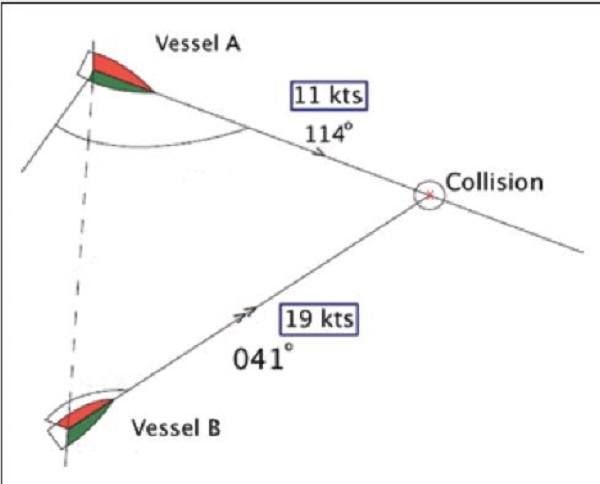
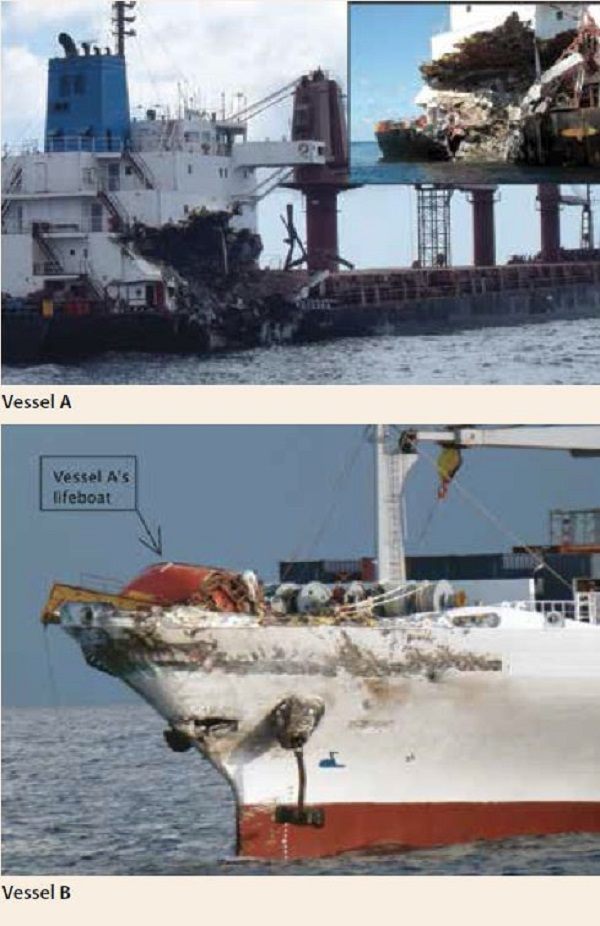


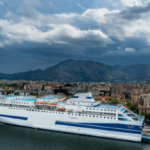
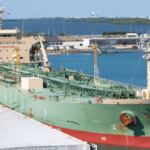
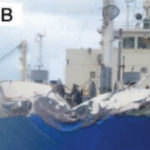
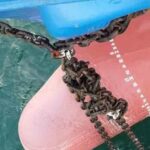
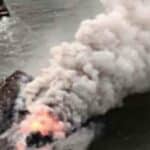
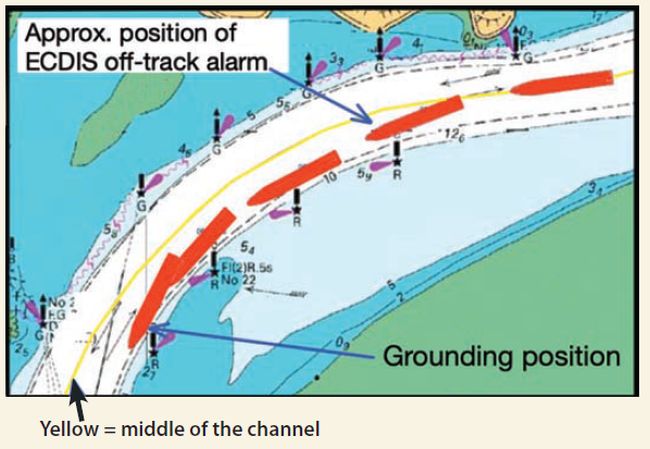
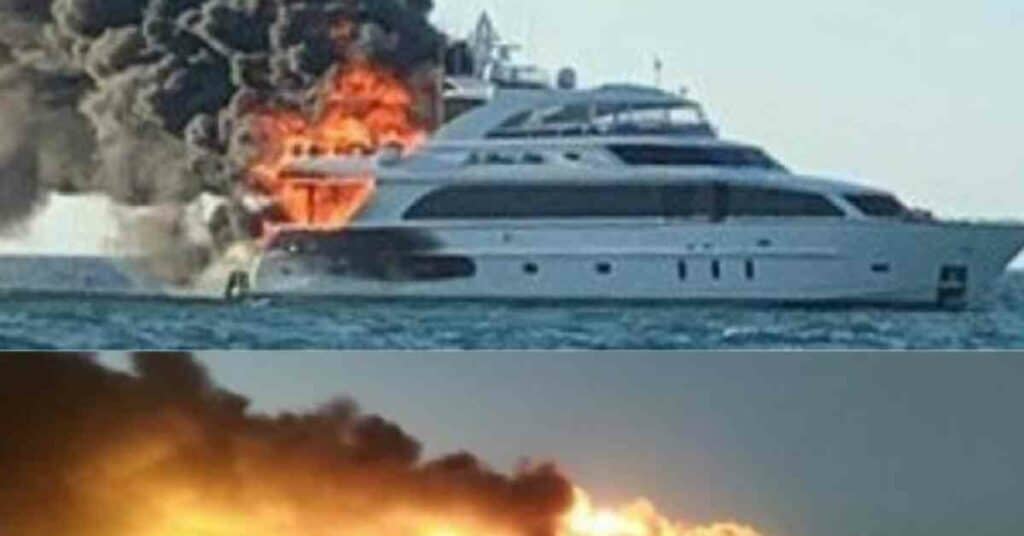
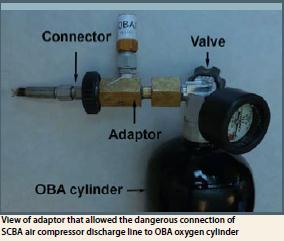
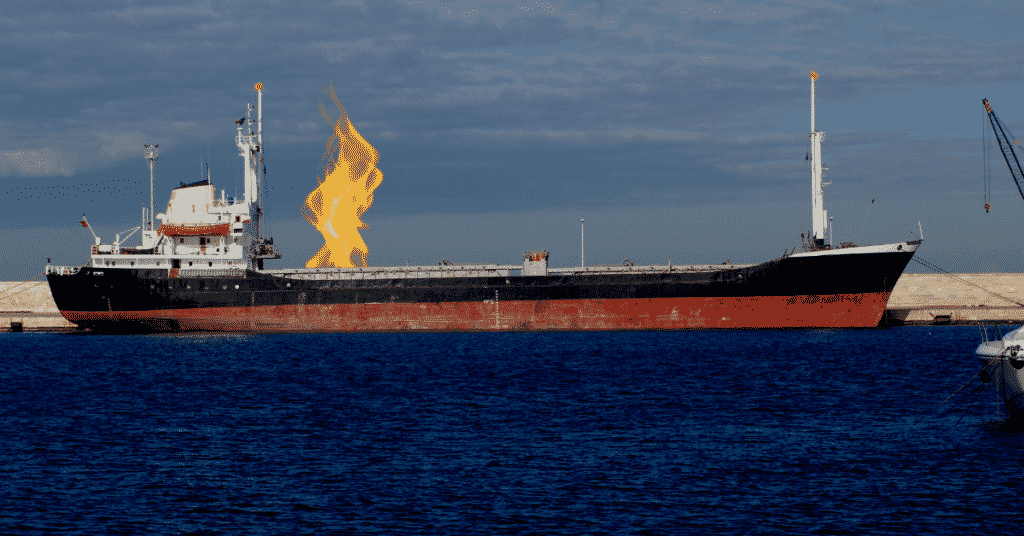
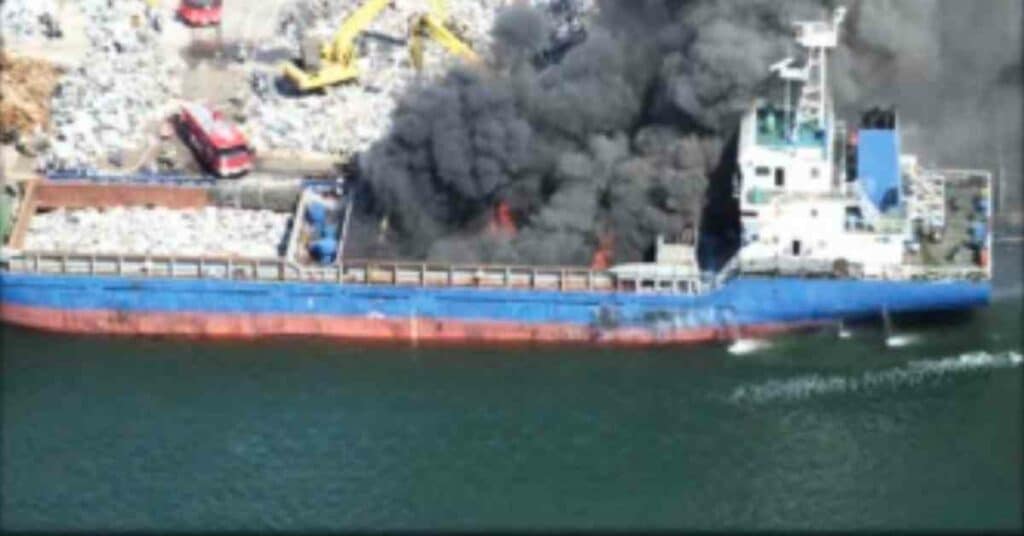
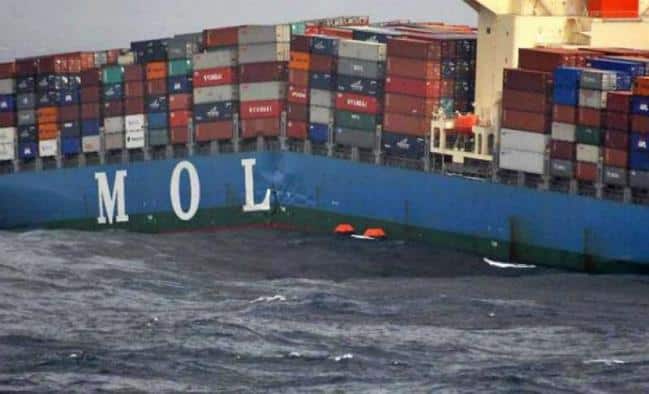
Why would you alter course to Port as the giveway vessel? Is it not one of the first and first things you are taught in the COLREGs?
Should have taken early action to avoid a close quarters situation developing. Altering course slightly starboard when the vessel was spotted could have completely avoided the collision
A prudent mariner should always consider the safety of the crew, the ship, the cargo, and the marine environment.
The article is very informative and useful particularly in classes wherein COLREG is being taught. This will also increase the students safety awareness in keeping a proper look-out.
Look-out is look-out and NO other duty should be assigned to him except keeping a proper look-out.
Vessel B’s oow was also neglect of duty. Rule 17 Stand on vessel may take action if it becomes clear that the give way vessel is not taking appropriate action. Vessel B should give the signal that she’s in doubt and alter course to starboard.
Both oow is not experienced don’t understand clearly colreg 1972.
It clearly shows who is at fault.
probably bought his ticket, both oow at fault
in the given scenario its difficult for navigator to asses it to be a Crossing/overtaking situation which by application of colregs is easy, given the time of incidence is usually when nav-lights can be sighted, unless otherwise. It cannot be blamed on ignorance to steering and sailing rules but to the simple ignorance of Rule 5 and further to rule 7.
The incident clearly shows that, unmanned designs actually requires some level of human attention. The problem was experienced because both of the OOWs on watch keeping believed so much on the auto pilot.
Buying of result in our Marine time schools should be discouraged.
It is dificult to understand that with such advance technology such as ARPA that ships can still collide in any weather condition or has the standard of training deteriorated that much. Maybe the IMO should take a look at the standards and adjust accordingly.
Both OOW did not maintain proper lookout violations of COLREGs (Rule 5) and had not observe the risk of collision (Rule 7) and poor understanding of the action to avoid collision (Rule 8), the (Rule 15) Crossing situation, (Rule 16) Give way vessel, (Rule 17) that deals with the action of the stand-on vessel, even knowing that the vessel (B) is required to keep out of the way is not taking appropriate action.– that lead to the collision of the two vessels. The ordinary practice of seaman, was not established in this situation (by calling the Master, due to the fact that the other OOW (Vessel A) is in doubt of his actions, and had not followed their Master’s standing orders (basically both of them). General points to consider to prevent collision, the action should be clear, in good time and should be large enough, and should not result to another close quarter situation.